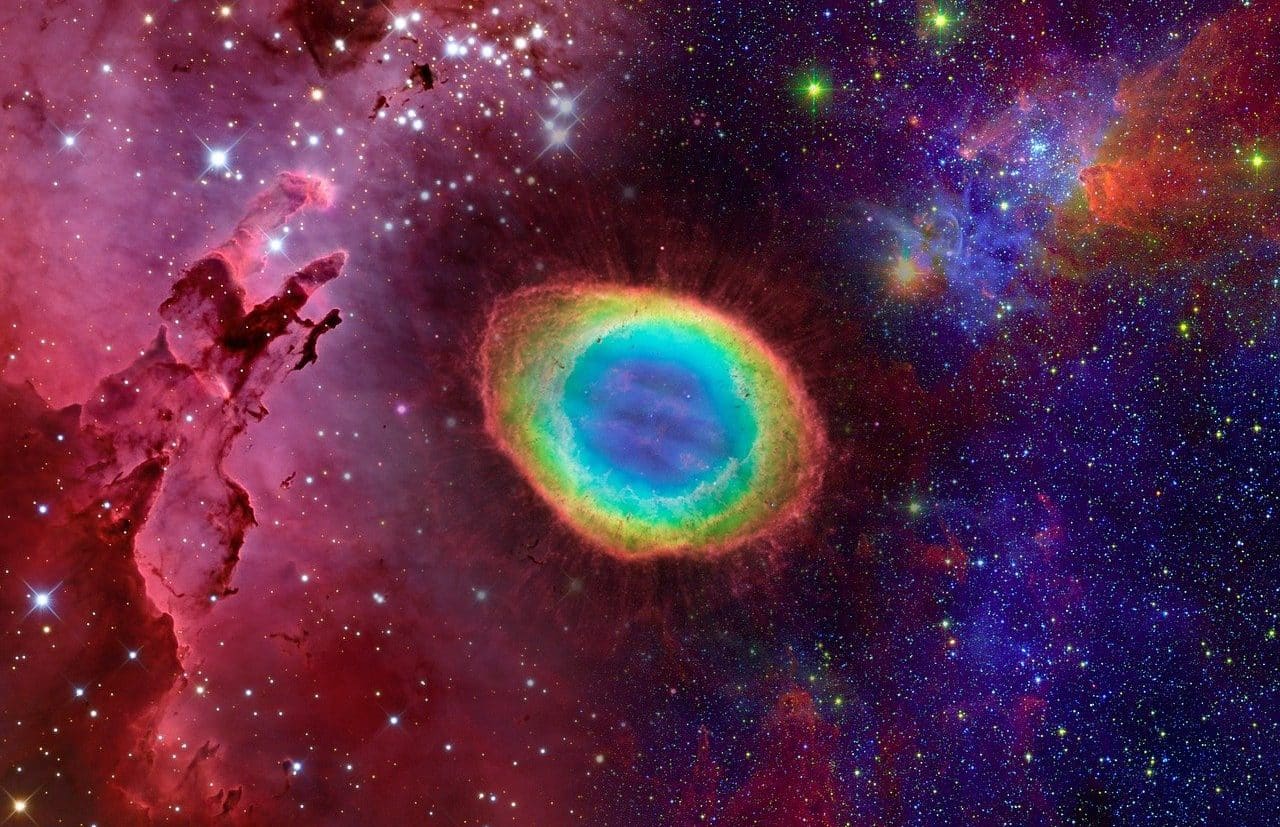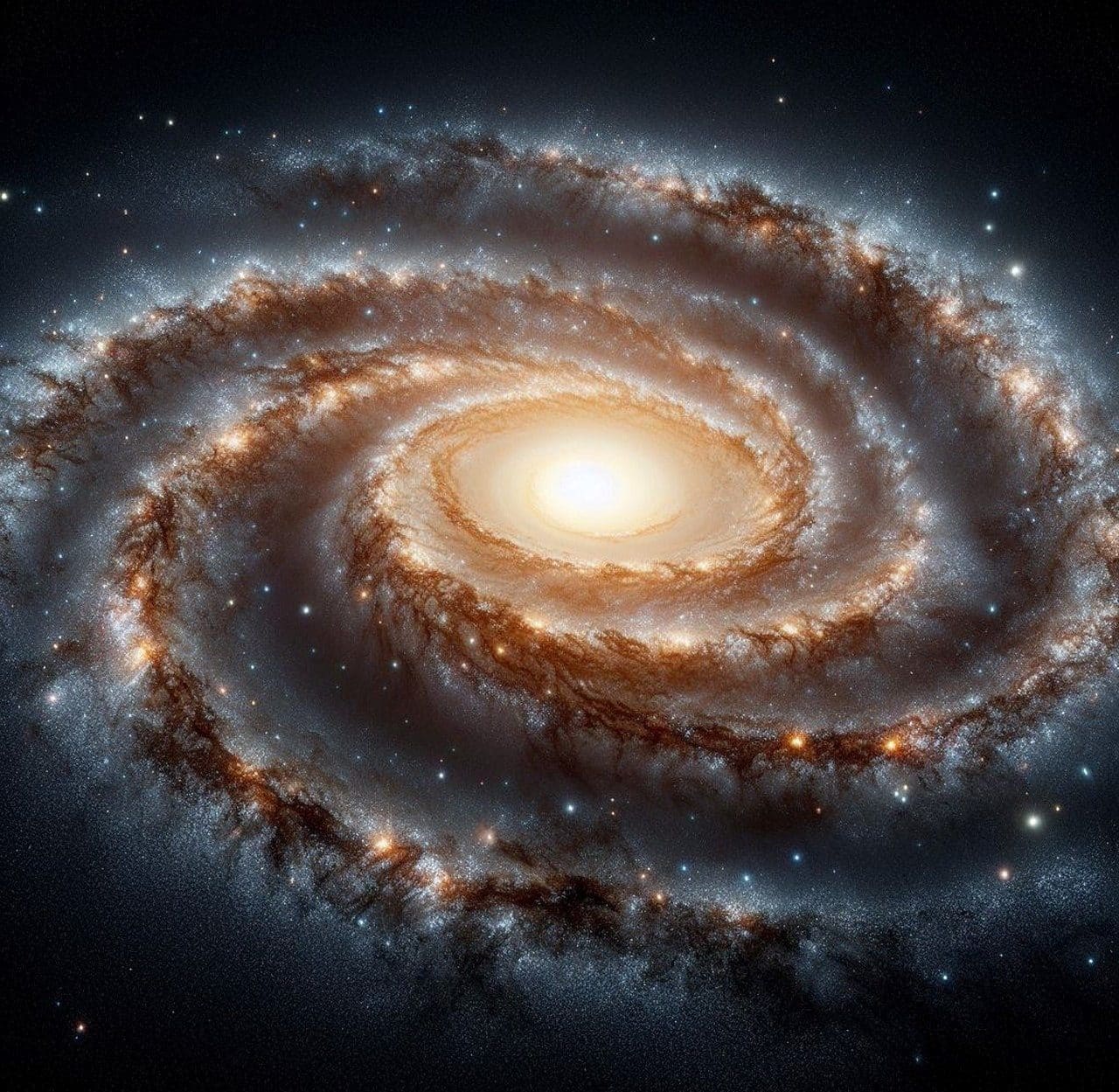
The force of gravity unites galaxies that connect to form the so-called galaxy clusters.
Galaxy clusters are enormous structures, among the most colossal in the universe, where between five and a hundred dozen galaxies are grouped together and retain their unity by the action of gravity . There is also dark matter in this network and a very high-temperature plasma defined by astronomers as intracluster gas (ICM) that is capable of emitting intense X-ray radiation .
The clusters of galaxies , when grouped, make up the so-called super clusters , networks of greater complexity that, apparently (because there is a lack of confirmation to serve as proof for this hypothesis), nucleate together and give rise to hyperclusters .
When approaching and researching this topic, it is important to focus specifically on nearby galaxy families to avoid confusion with, for example, star clusters . In the latter case, the notion refers to groups of stars that attract each other due to the gravitational force . Within this framework, galactic or open clusters and globular clusters are distinguished, as well as stellar superclusters , but always in the case of star formations .
Particularities of galaxy clusters
There are many peculiarities that galaxy clusters have. Some distinctive aspects are listed above, but there is still useful information to share about them.
Significantly larger than the typical size of the groups, galaxy clusters contain lenticular galaxies and others of an elliptical and irregular type subject to special dynamics.
The higher the mass of the cluster , the experts conclude, the higher or more intense are the escape velocity, acceleration and gravitational force.
The evolution of each cluster is another point not to be overlooked. While some end up compacting and acquiring a spheroidal appearance by admitting individual galaxies and small groups, combining this trend with a greater concentration of matter, over time other clusters end up losing galaxies , thus decreasing both their mass and their escape velocity.
To classify them based on the absence or existence in their central part of a brighter cluster galaxy, the so-called Bautz-Morgan classification is used. In group I, dominance is exercised by a galaxy that shines much brighter than the rest and there is an abundance of both lenticular and elliptical galaxies . Grade II, where spiral structures do not predominate but a moderate concentration of mass is noted in the central part, presents an intermediate brightness between one galaxy and another; while grade III lacks a galaxy whose brightness stands out from the others and there is more than one spiral galaxy of irregular format where no mass is segregated and it is barely concentrated in the central region.

The Triangle galaxy, the Andromeda galaxy and the Milky Way constitute the Local Group, where they function as centers of gravity.
Research and news
Galaxy clusters are constant objects of study and research from science. For this reason, interesting news is made official with certain frequency.
Seasons ago, to mention a specific case, specialists gathered indicators on the deformation caused by dark matter in galaxy clusters . Those analyzed are clusters capable of deflecting the light that passes through them and in which there is a much larger number of gravitational lenses of dark matter than that announced by supercomputer models. These findings force us to reformulate certain ideas, hypotheses and theories around the history of the cosmos , addressing the Big Bang , the expansion of the universe and multiple phenomena.
Using the aforementioned James Webb telescope , more than a dozen flickering or transient objects were discovered in a galaxy cluster that was nicknamed "The Christmas Tree."
Taking advantage of the ALMA radio telescope , according to information released by the European Southern Observatory (ESO) , a group of astronomers of Italian origin detected, in a cluster of galaxies that was in formation (called a protocluster ), a shocking reserve of hot gas, for describing another valuable piece of information.

Through radio telescopes and space telescopes, scientific data on galaxy clusters is being added.
Notable galaxy clusters
There are many galaxy clusters , and several are notable.
One of them is the one that is oriented towards the constellation of Virgo and is therefore identified as the Virgo cluster . There are around 1,300 galaxies that have been discovered there, some of which can be observed by astronomy fans using a telescope . This cluster constitutes the central portion of the local supercluster , where the local group appears that brings together, for example, the Milky Way and other immense and bright galaxies , such as Andromeda .
Another cluster that has achieved considerable notoriety is the Perseus cluster, a group of thousands of galaxies that have the distinction of being the brightest when observed in the band corresponding to X-rays .
Thanks to images obtained through the James Webb telescope , on the other hand, previously unappreciated details of the galaxy cluster that, in Spanish, is named El Gordo , have been revealed. Before this revelation that served as confirmation, evidence recorded by the Hubble telescope had been obtained.
